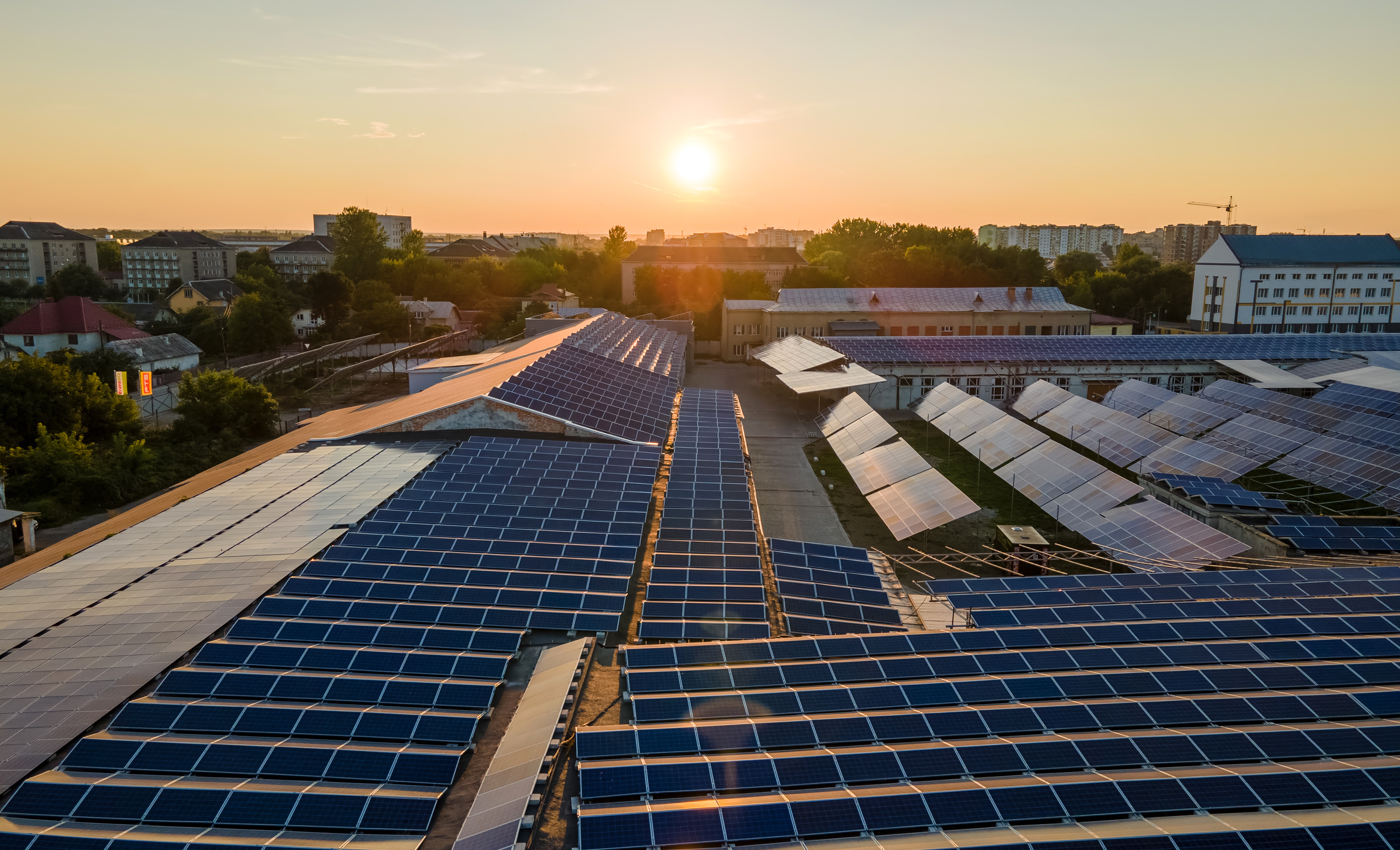This was just one of the findings of the GoSolr inaugural “light paper” released last week, which distils the current conversations about solar and renewable energy, interrogates the latest stats and key issues, and shines a light on the energy generation issues South Africa is facing.
“We developed the GoSolr quarterly solar update… to identify the issues and opportunity therein to tackle not only the ongoing energy crisis, but also to look ahead to better ways to power our vibrant nation,” said GoSolr co-founder and chief executive, Andrew Middleton.
GoSolr points to a “patchwork policy programme”. With the National Energy Regulator of South Africa (Nersa), the government, Eskom and 257 metropolitan, district and local municipalities operating in a near-siloed manner, the many players and inconsistent regulatory frameworks have resulted in a patchwork policy problem, while energy tariffs and electricity prices continue to rise.
“Municipalities buy and sell electricity at different rates, and only a handful allow homes and businesses to inject excess solar power into the grid,” the report says. One of the bigger obstacles is the cost of the bidirectional meters needed to feed power back into the grid. Currently priced between R10,000 and R12,000, this is unaffordable for most South Africa households that are just trying to keep the power on.
Cape Town energy plan a blueprint for South Africa
Middleton says the high upfront cost of the bidirectional meters coupled with most of the feed-in tariffs around the country mean it is not worthwhile for consumers to go this route. The City of Cape Town, which is widely coming to be known as a blueprint city when it comes to energy management, allows residents to register with its Cash for Power programme. Municipal bills are credited automatically, with the option to apply to earn cash beyond a zero balance. Businesses have been able to earn cash for power since June 2023, and the door was recently opened for residents to do the same.
The feed-in tariff of 87c per kilowatt hour excluding VAT has been approved by Nersa, with the city offering customers an additional incentive of 25c per kWh excluding VAT.
By the end of February this year Cape Town businesses and households had already earned more than R25.8-million, according to city management. Mayor Geordin Hill-Lewis said that by 1 February there were 1,461 sellers benefiting from the Cash for Power scheme as part of the City’s broader plans to end load shedding over time. Of these, 869 were residential and 592 were commercial/industrial.
“I consider this some of the best money we’ve ever spent and cannot wait to see how this programme expands even more over time. Not only are we adding crucial kilowatts to our grid at a cheaper cost than Eskom’s supply, we are also putting money back in the pockets of Capetonians. That is how you democratise energy and truly put power in the hands of the people,” he said.
Cape Town plans to add up to one gigawatt of independent power supply to end load shedding in the city over time, with the first 650MW within five years, including enough to protect against another four Eskom load shedding stages by 2026.
In the first quarter of this year South Africa had 68 days of load shedding out of a total of 89 days. The GoSolr paper shows that without rooftop solar alleviating demand on the national grid, the energy shortfall in 2023 would have been 44% worse than it was.
“South Africa ranks third in the world as having the best solar potential, and it’s becoming accessible to more people. The scope for growth and benefits [is] incredible – cost savings, clean and secure energy, job creation and more. We are, however, being hampered by inconsistent and fragmented national policy, regulations and tariffs,” Middleton said.
Read more in Daily Maverick: Eskom news
Last year alone, the country’s electricity demand exceeded supply by about 16 million megawatt hours, but Middleton says without rooftop solar, the gap would have been about 23 million MWh.
However, Eskom system operator Isabel Fick says that while solar power is the biggest part of private generation, it is only able to contribute between 9am and 6pm, leaving Eskom to pick up the morning and evening peak demand hours.
Eskom anticipates limiting load shedding to Stage 2 this winter, with reduced unplanned outages expected to range from 14,000MW to 15,500MW and a maximum of 17,000MW of unplanned outages at Stage 5. This forecast is a marked improvement from winter in 2023, which predicted unplanned outages ranging from 15,000MW to 16,500MW and a maximum of 18,000MW – a scenario where the maximum unplanned outages, or Stage 8, were successfully avoided. DM





